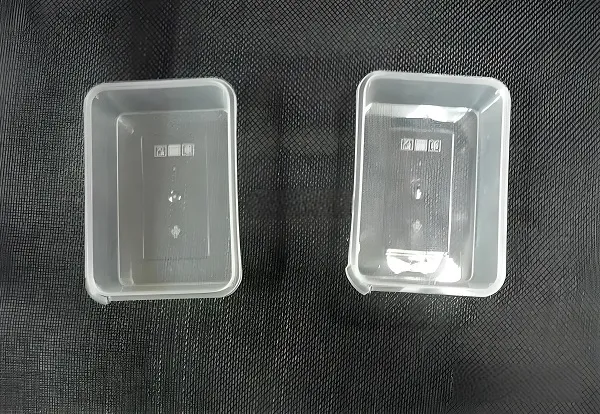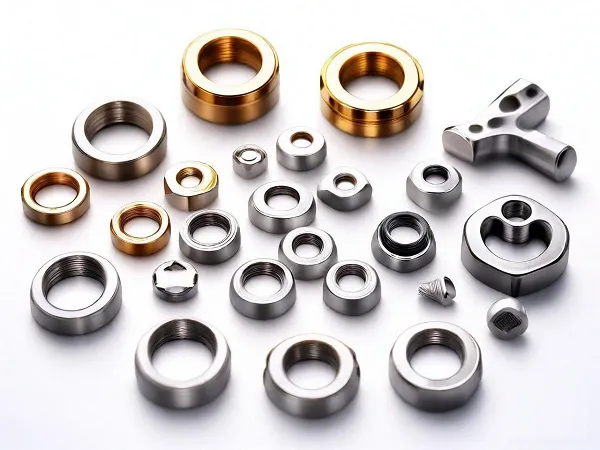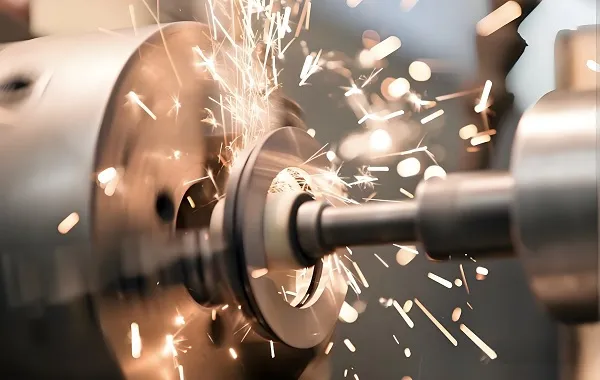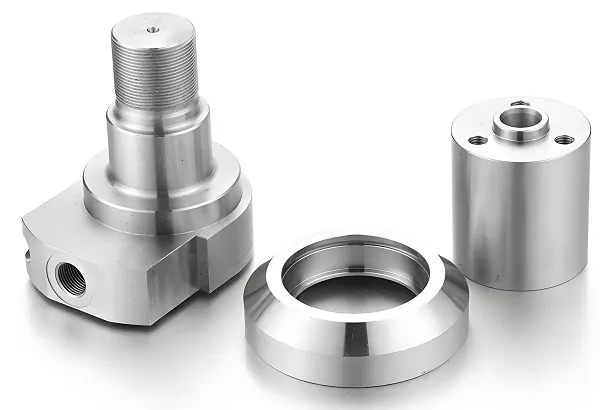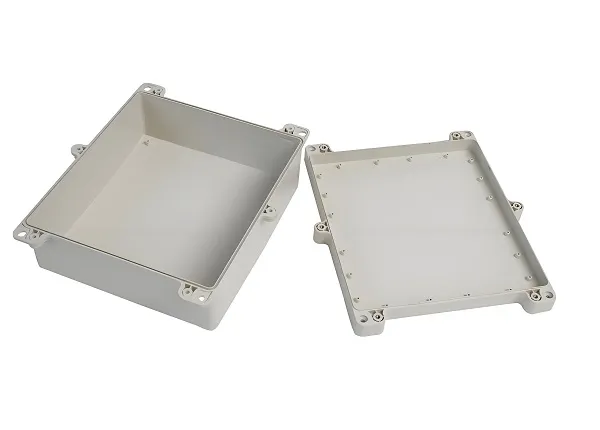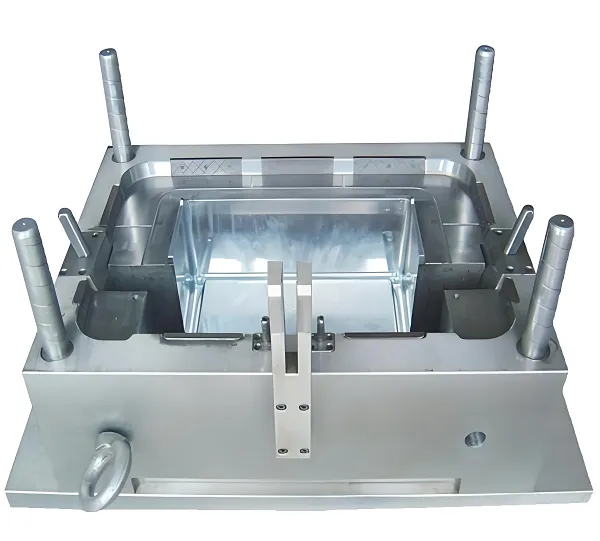CNC Cap nut is a kind of hexagonal nut with a cap, whose design is characterized by the addition of a cap to the traditional hexagonal nut for fastening and covering the outer part of the nut. The main function of this cover is to prevent moisture, dust or other corrosive substances from entering the nut, thus playing the role of rust and corrosion prevention, and thus extend the service life of the nut and its connectors. Cap nuts are widely used in various mechanical equipment, automobile manufacturing, construction engineering and furniture manufacturing and other fields.
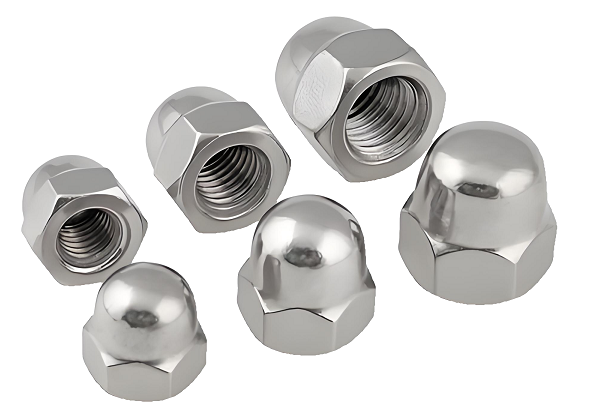
1.Characteristics of cap nuts
Anti-rust and anti-corrosion: Through the design of cover, it can effectively prevent moisture, dust and other external factors from entering into the inner part of the nut, and improve the ability of anti-rust and anti-corrosion.
Stable and anti-loosening: The special structure design enables the cap nut to maintain stability and prevent loosening in the vibration environment.
Convenient maintenance: reasonable design, easy to rotate operation by tools, convenient maintenance and replacement.
Multi-field application: suitable for mechanical equipment, automobile manufacturing, construction engineering, furniture manufacturing and other fields.
2.Production Process of Cap Nuts
The production process of cap nuts mainly includes the following steps:
Material preparation: choose suitable materials, such as carbon steel, stainless steel, alloy steel, etc., and carry out chemical composition and performance test.
Cold heading processing: By means of cold extrusion, the material is formed into threads to improve the strength and dimensional accuracy of the material.
Turning Processing: Using a rotating mechanical tool to cut the excess to form a standard nut shape, and controlling the tool speed and cutting force to ensure accuracy and surface quality.
Heat treatment: Changing the crystal structure and mechanical properties of the material through heating and cooling processes to improve the strength and hardness of the nut.
Surface treatment: zinc plating, nickel plating, chrome plating and other treatments to improve the corrosion resistance and appearance quality of the nut.
Quality inspection and packaging: test the size, appearance and performance of the nut to ensure compliance with the standard requirements for packaging.
3.Cap nut processing technology
The machining process of cap nut mainly includes cold heading, turning and heat treatment steps. Cold heading is the key step to form threads, and improve the strength and dimensional accuracy of the material through cold extrusion. Turning is used to cut the excess to form the standard nut shape. Heat treatment is used to control the heating and cooling process of the material to change its internal organization and properties to improve the strength and hardness of the nut.
4.Surface treatment process of cap nuts
There are various surface treatment processes for cap nuts, mainly including the following:
Galvanization: The nut is immersed in molten zinc liquid to form a zinc cover layer to improve corrosion resistance. Hot-dip galvanizing forms a thicker zinc layer for better corrosion resistance.
Nickel plating: a layer of nickel metal is deposited on the surface of the nut to improve corrosion resistance and hardness. Electroplated nickel layer uniform and dense, better corrosion resistance; chemical nickel plating is suitable for complex shape of the nut.
Phosphatization: The nut is immersed in a solution containing phosphate to form a phosphate protective film through chemical reaction to improve adhesion and corrosion resistance.
Heat treatment: such as quenching, tempering and annealing, etc., to improve the hardness and abrasion resistance of the nut by changing the internal organization and properties of the material.
Anodizing: mainly used for aluminum cap nuts, forming an oxide film on the aluminum surface through electrolysis to improve corrosion resistance and decorative properties.
Passivation: A dense oxide film or passivation film is formed on the surface of the nut by chemical method to improve the corrosion resistance.
5. Optional materials for cap nuts
The optional materials for cap nuts mainly include the following:
Carbon steel: good strength and workability, relatively low cost, but poor corrosion resistance.
Stainless steel: such as 304 stainless steel and 316 stainless steel, with good corrosion resistance and mechanical properties, especially suitable for wet and corrosive environments.
Alloy steels: Typically used in applications requiring higher strength and wear resistance, mechanical properties and wear resistance are improved by the addition of alloying elements.
Aluminum and Aluminum Alloys: Lightweight, corrosion-resistant and with good thermal conductivity for weight-critical applications.
Brass: an alloy of copper and zinc with good machinability and corrosion resistance, often used for decorative applications or where electrical conductivity is required.
Plastic: Mainly used for light duty and non-mechanically stressed applications such as furniture, appliances and toys.
6.Properties of cap nuts made of different materials
| Material | Strength class (approx.) | Corrosion resistance | Density (g/cm³) | Cost range (relative) | Examples of application areas |
| carbon steel | Class 8, 10, 12 | Poor to Moderate | 7.8-7.9 | Low to Moderate | General mechanical connections, low-corrosion environments |
| 304 Stainless Steel | A2-70 | Good | 7.93 | Moderate | Moderate to high corrosion resistance, food industry, marine environments |
| 316 Stainless Steel | A4-80 | Excellent | 7.98 | High | High corrosion resistance, chemical industries, seawater applications |
| Alloy Steel | Varies (e.g., Grade 8, 9) | Good to Excellent | Varies (7.8-8.3) | High | High-strength, wear-resistant applications, automotive |
| Aluminum/Aluminum Alloy | Not specified (grade dependent) | Good | 2.6-2.8 | Moderate to High | Lightweight applications, aerospace, automotive |
| Brass | Not specified (grade dependent) | Good | 8.4-8.7 | Moderate | Decorative applications, electrical conductivity, plumbing |
| Plastic (e.g., Nylon, ABS) | Not applicable (material properties) | Excellent (chemical resistance) | Varies (1.0-1.5) | Low | Low-load, non-mechanical stress applications, electronics, toys |
Customized CNC Cap Nuts FAQ
1. How to customize CNC Cap Nuts?
A: Customized CNC cap nuts need to be provided with detailed specifications, including size, material, surface treatment requirements and so on. Work with a professional CNC machining manufacturer to design and produce according to the requirements.
2. How does CNC machining affect the quality of cap nuts?
A: CNC machining can accurately control the size and shape of the nut and improve the machining accuracy and surface quality. Meanwhile, CNC machining can also realize complex shapes and structures to meet special needs.
3. How long does it take to customize CNC Cap Nuts?
A: The time for customized CNC cap nuts depends on a number of factors, including the complexity of the specifications, the production batch, and the availability of materials. Generally, specific communication with the manufacturer is required to determine the production lead time.
4. How is the price of Custom CNC Cap Nuts determined?
A: The price of customized CNC cap nuts is affected by several factors, including material cost, processing difficulty, production batch, etc.. After detailed communication with the manufacturer, a quote can be made based on specific needs.

